Mitsubishi Motors has officially unveiled the all-new Eclipse Cross EV, marking a significant milestone in the brand’s electrification journey. Designed exclusively for the European market, this compact SUV blends futuristic styling, advanced technology, and sustainable performance—all while honoring the adventurous spirit of the original Eclipse Cross. Built on the CMF-EV platform and manufactured at Renault’s ElectriCity Douai Plant in France, the new Eclipse Cross EV is more than just a rebadge—it’s a reinvention.
⚡ Electrified Performance with Dual Personalities
The Eclipse Cross EV is offered in two configurations: a standard-range model and a long-range variant. The long-range version features a front-mounted electric motor producing 215 hp (160 kW), powered by an 87 kWh battery pack. This setup delivers an impressive WLTP-certified range of up to 600 km, making it ideal for both daily commutes and extended road trips.
For those seeking a more budget-friendly option, Mitsubishi will introduce a lower-powered variant with 168 hp (125 kW) and a 60 kWh battery. Both versions offer smooth acceleration, quiet operation, and regenerative braking—hallmarks of a well-engineered EV.
🚘 Design: Smart Armor Meets Dynamic Shield
Visually, the Eclipse Cross EV is a departure from its coupe-SUV predecessor. The new design concept, dubbed “Smart Armor,” emphasizes strength and security through bold, armor-like elements. Mitsubishi’s signature Dynamic Shield front fascia has been reimagined with split LED headlights, a closed grille, and sculpted bumper intakes that convey a refined yet assertive presence2.
At the rear, fresh LED taillight graphics and Mitsubishi branding distinguish it from its Renault Scenic E-Tech twin. The overall silhouette is more upright and practical, shedding the sloping roofline of the previous generation in favor of improved interior space and cargo capacity.
🛋️ Interior: Digital Comfort with Google Built-In
Step inside, and the Eclipse Cross EV greets you with a high-tech, minimalist cabin. A 12.3-inch digital instrument cluster pairs with a portrait-oriented 12-inch infotainment display, both derived from Renault’s EV lineup. The system features Google built-in, offering seamless access to navigation, voice commands, and app integration.
The cabin accommodates five passengers across two rows, with a generous 545-liter boot for luggage and gear. Materials are upscale, and the layout is intuitive—designed to reduce driver distraction while maximizing comfort.
🧠 Safety and Connectivity
Mitsubishi has equipped the Eclipse Cross EV with a comprehensive suite of Advanced Driver Assistance Systems (ADAS). These include adaptive cruise control, lane-keeping assist, automatic emergency braking, and blind-spot monitoring. Combined with real-time connectivity and over-the-air updates, the vehicle remains current and secure throughout its lifecycle.
The inclusion of Mitsubishi Connect services further enhances the ownership experience, offering remote vehicle monitoring, charging status updates, and location tracking via smartphone.
🌍 Sustainability and Strategy
The launch of the Eclipse Cross EV is a strategic move for Mitsubishi Motors, aligning with its goal of achieving carbon neutrality and expanding its electrified lineup. Following the Outlander PHEV and Grandis HEV, the Eclipse Cross EV represents the brand’s first fully electric SUV in Europe since the discontinuation of the i-MiEV.
Takao Kato, President and CEO of Mitsubishi Motors, emphasized the importance of this launch: “Rolling out the all-new Eclipse Cross marks a crucial step in our electrification strategy in Europe. We will continue contributing to the realization of a decarbonized society by expanding our lineup of electrified vehicles.”
🏁 Positioning and Market Impact
Positioned below the Outlander PHEV, the Eclipse Cross EV targets the compact SUV segment—a sweet spot for urban families and eco-conscious adventurers. Its blend of long-range capability, stylish design, and advanced tech makes it a strong contender against rivals like the Hyundai Kona Electric, Peugeot e-2008, and Volkswagen ID.4.
While currently limited to the European market, the success of the Eclipse Cross EV could pave the way for global expansion. Mitsubishi’s alliance with Renault and Nissan provides a robust foundation for scaling production and adapting to regional demands.
Final Thoughts
The Mitsubishi Eclipse Cross EV is more than just a new model—it’s a symbol of transformation. It reflects Mitsubishi’s commitment to innovation, sustainability, and customer-centric design. With its bold styling, impressive range, and intelligent features, the Eclipse Cross EV is poised to become a favorite among drivers seeking a modern, electric alternative to traditional SUVs.
As the automotive world shifts toward electrification, Mitsubishi’s latest offering proves that the journey can be exciting, practical, and distinctly stylish. The Eclipse Cross EV isn’t just a car—it’s a new way to explore.


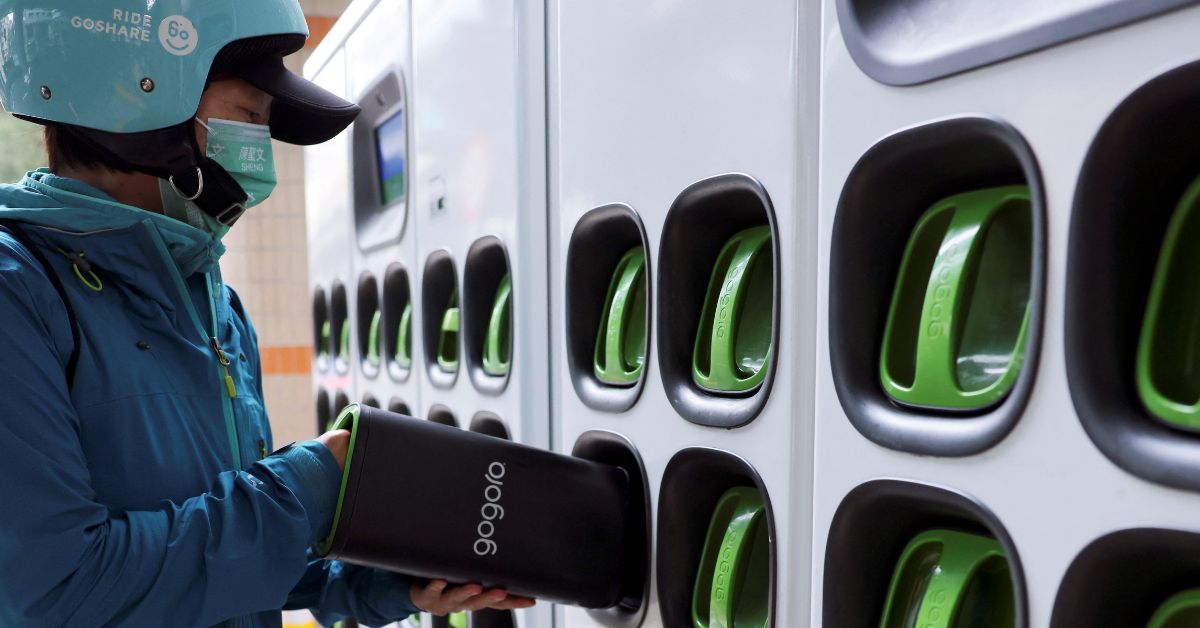
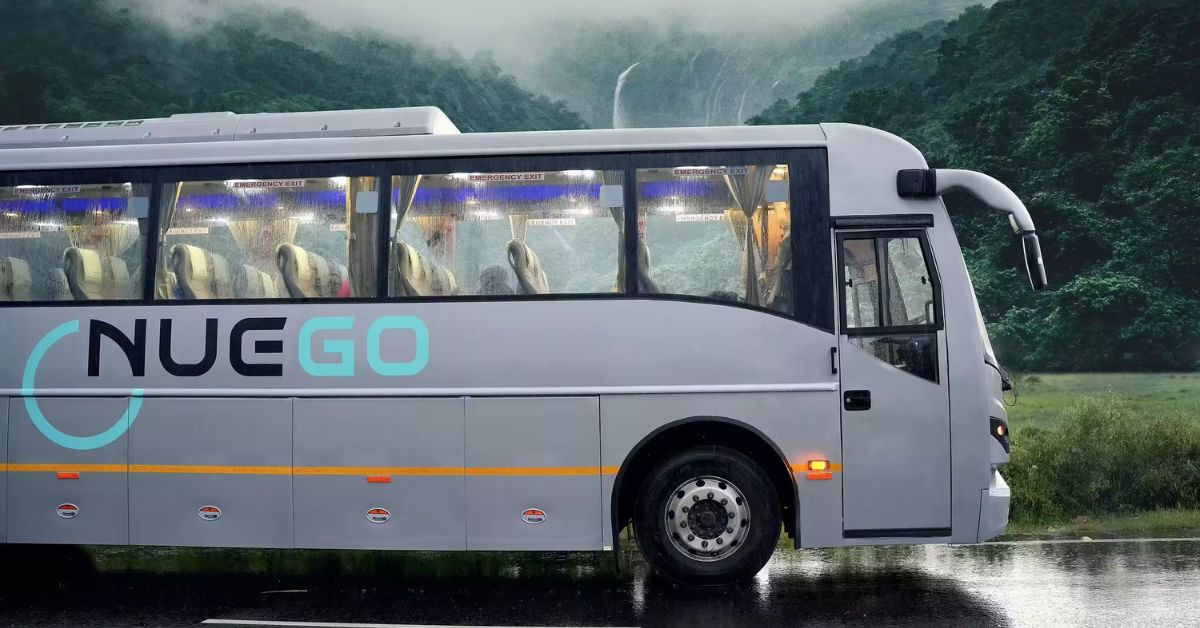



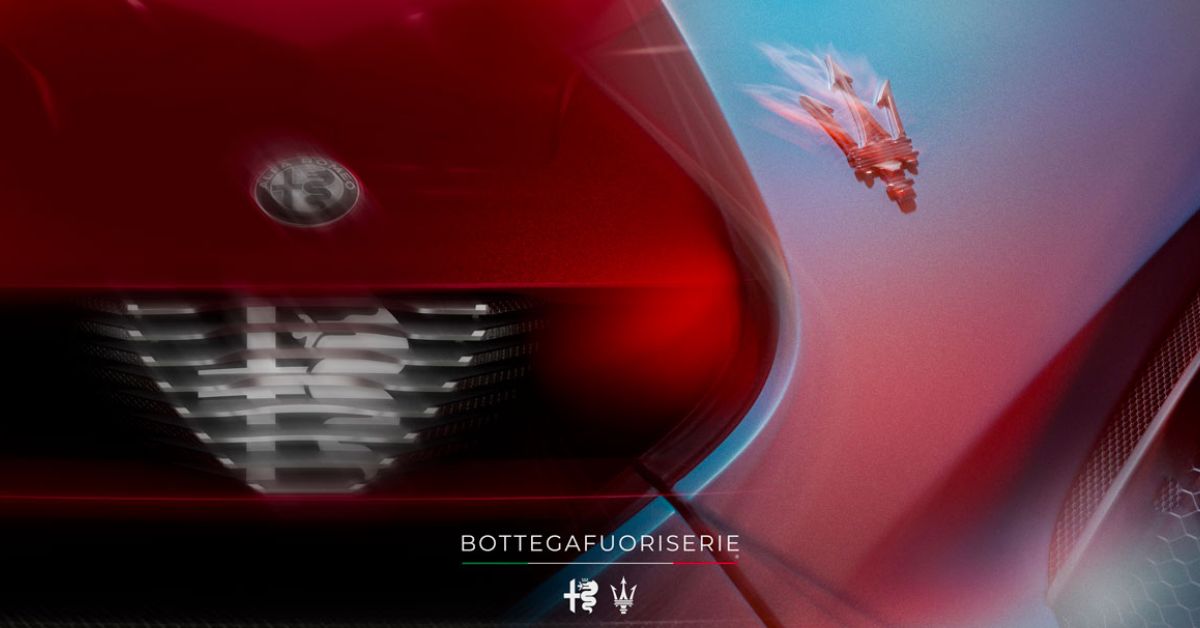
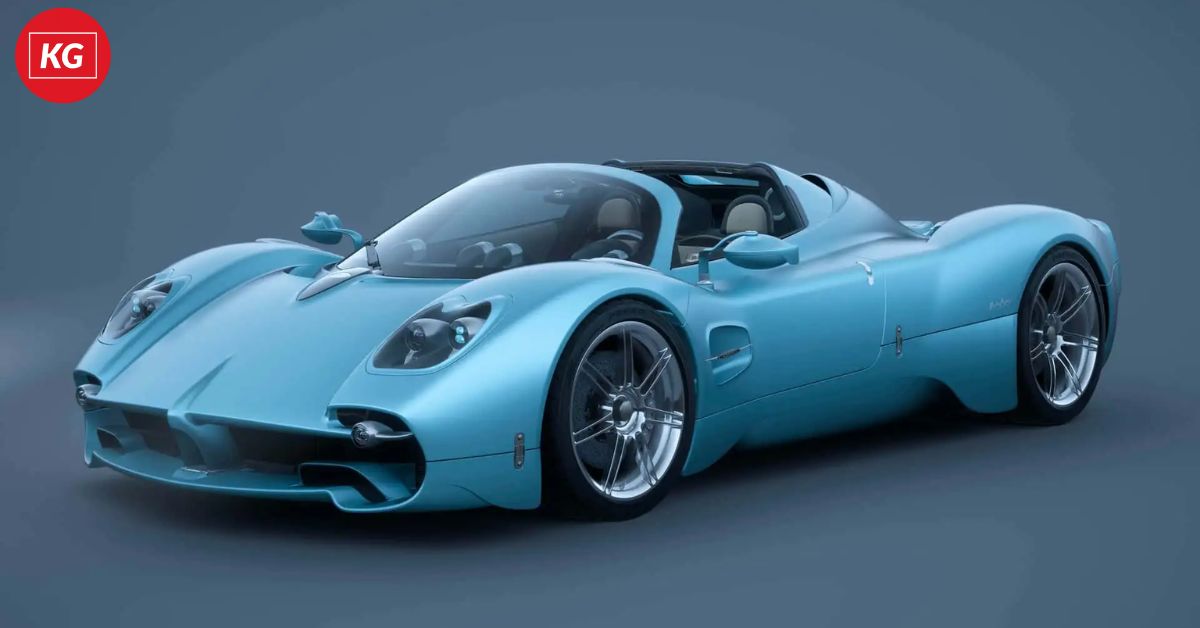
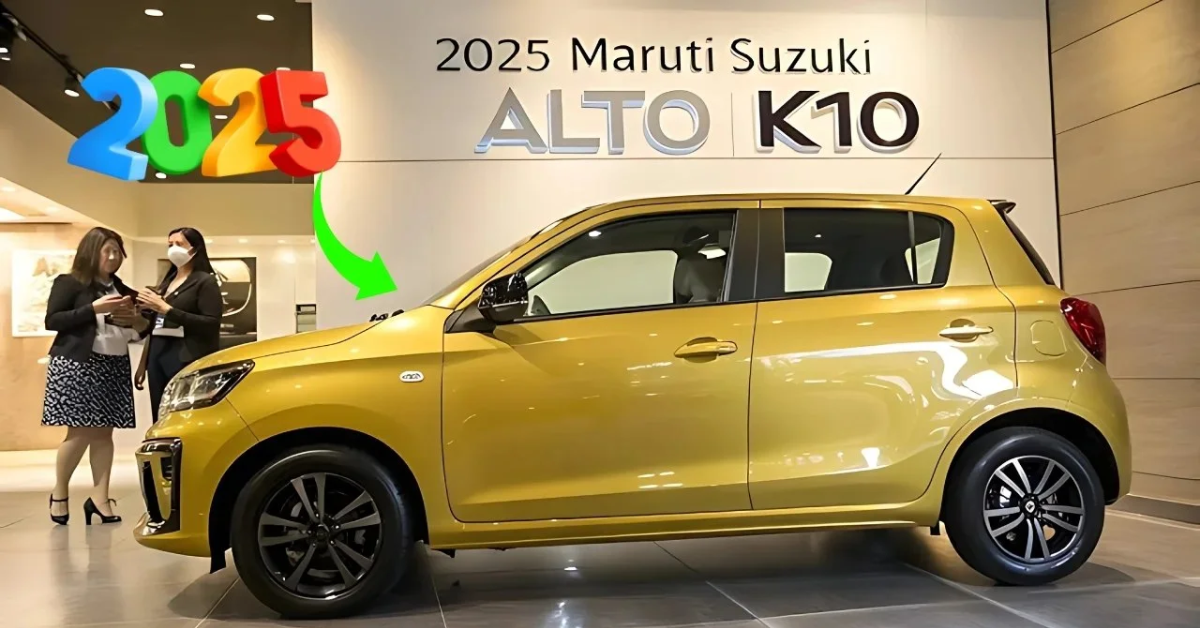
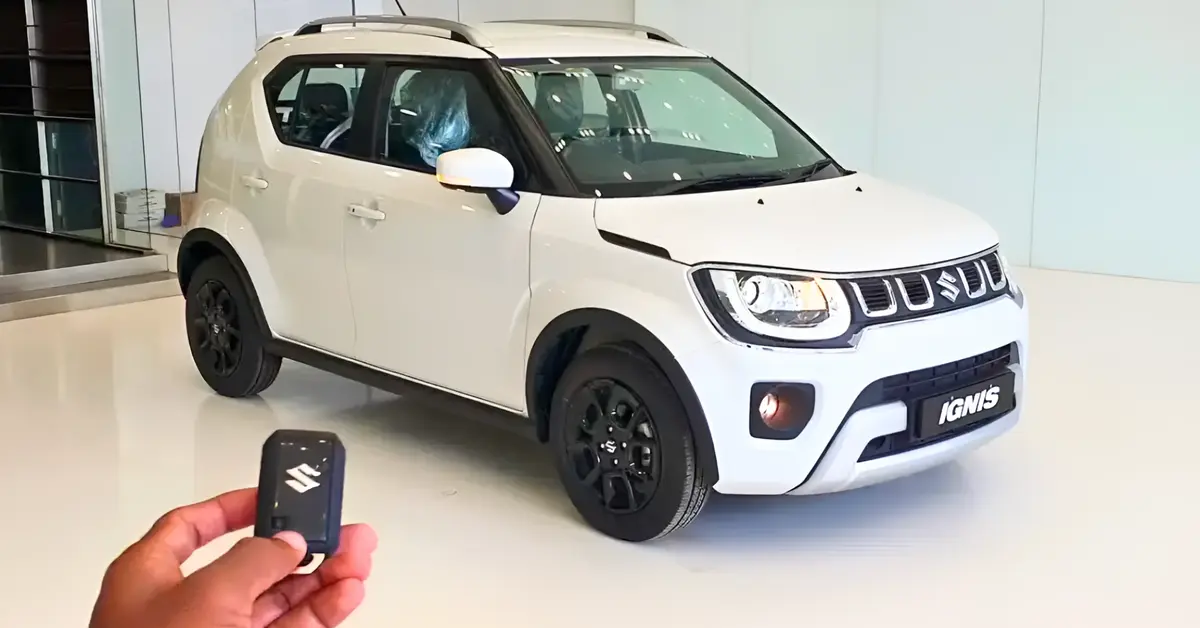
Leave a Reply